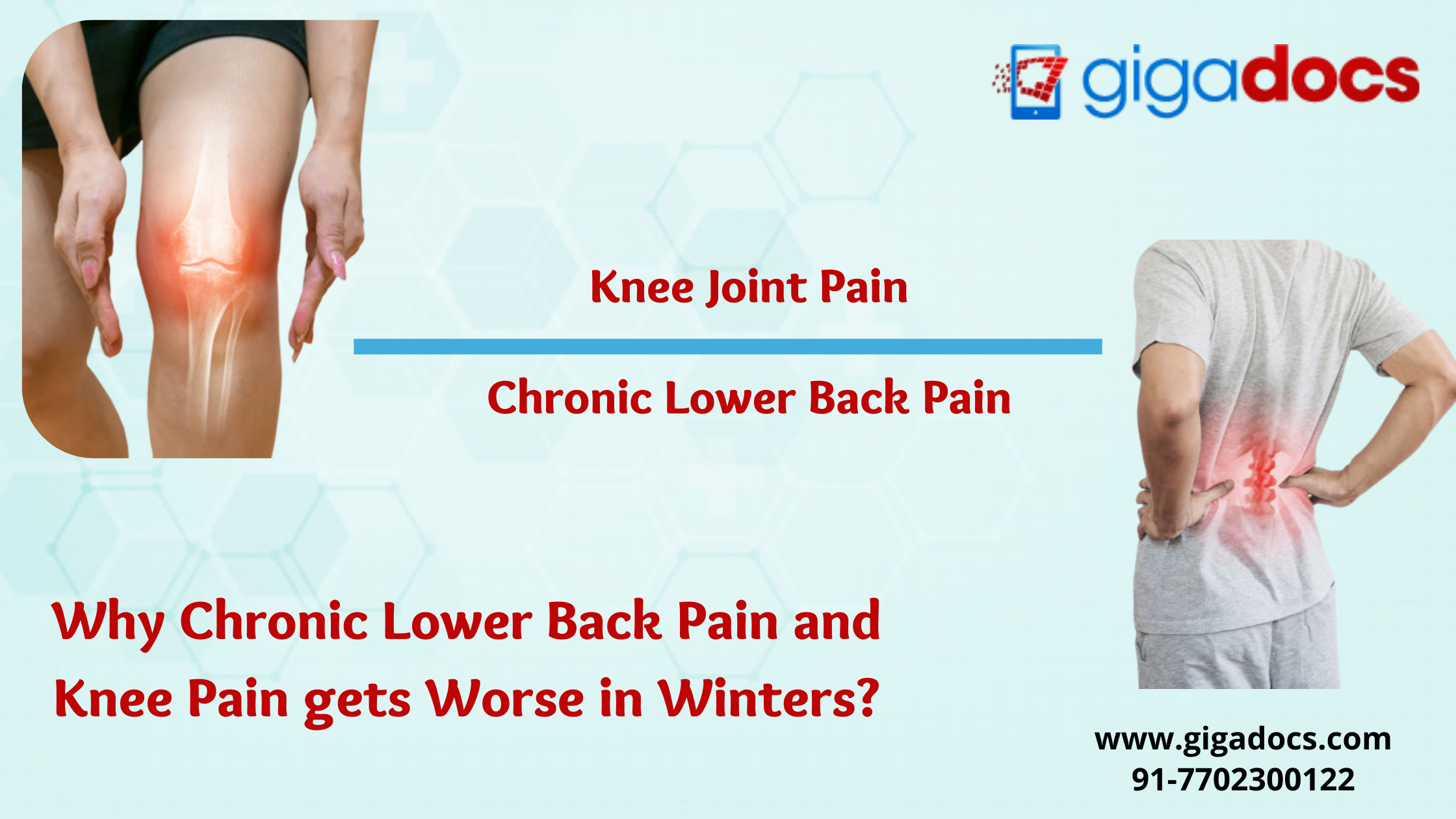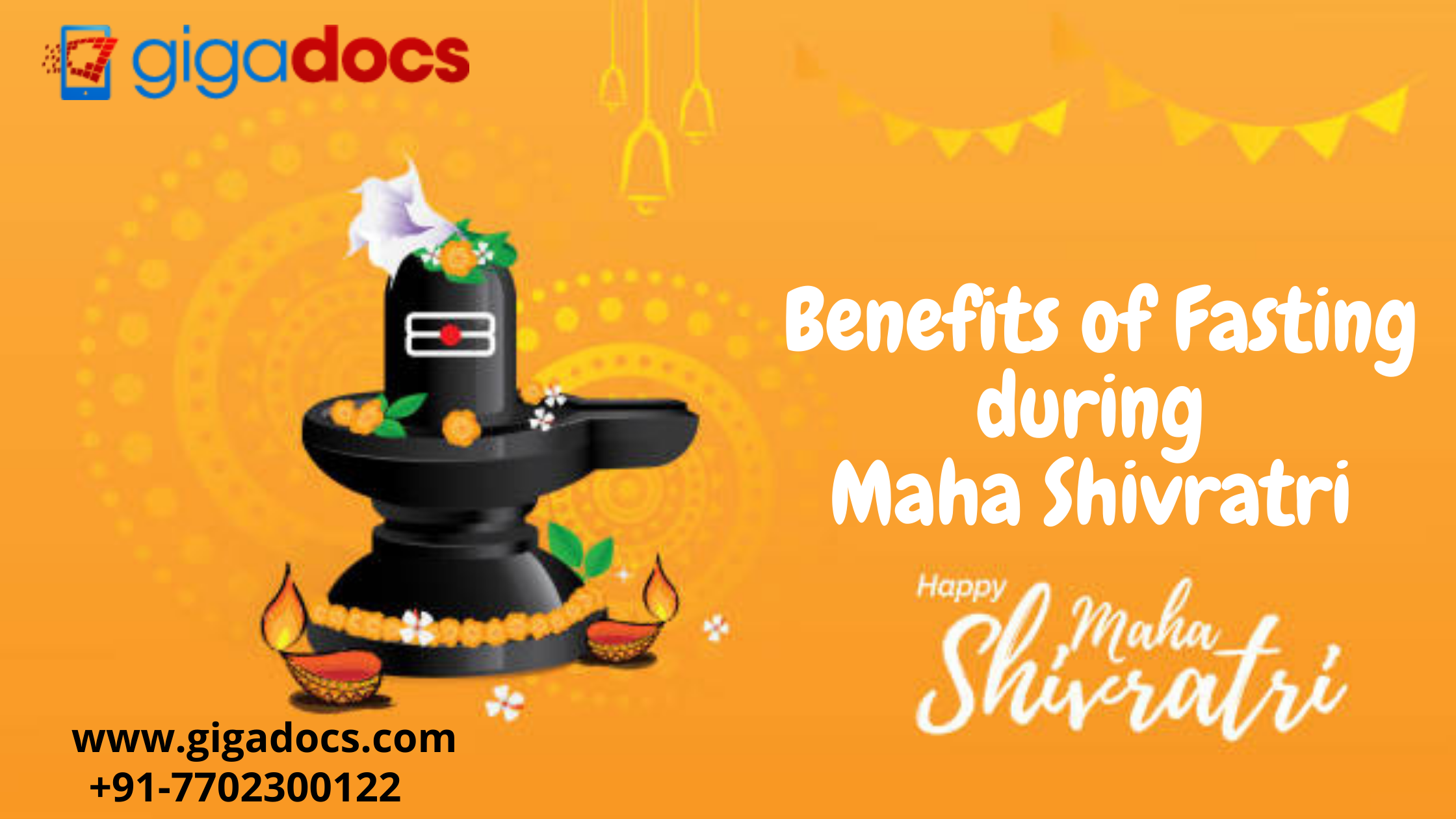Winters are one of the most-awaited seasons of the year, marked with constant temperature dips. The season marks wearing your favorite woolens and having winter-special food. However, winters also bring tough times for those who have chronic pain. Lower temperatures can make it tough to cope up with the excruciating pain thereby adding to adversaries. Temperature fluctuations, limited Sunlight, and variability in Vitamin D absorption may severely affect chronic pain conditions. Stiffness and aches are commonly associated with temperature changes and the onset of winters.
Temperature Change and the Human Body
Our body adjusts its metabolism to cope up with lower temperatures. No wonder we end up with a higher appetite, which is vital to burn more calories for maintaining the core temperature of the body.
A barometric pressure drop leads to the expansion of the tendons, muscles, and surrounding tissues. This expansion is restricted by the limited space in our body, which escalates joint pain and worsens arthritis conditions.
The soft tendon tissues become firmer and tightens in the cold weather, which may lead to painful muscle spasms. Elderly and those with pre-existing diseases must thus watch out for their health with the change of seasons.
In the winter season, the spine muscles may stiffen up and become tense. This added tension can make the pain worse and may escalate the risk of a muscle strain or a sprain. With temperatures further dripping, it is good to take all the necessary precautions to prevent additional damage. Taking prescribed medications slows the pain symptoms, and soothes swelling, stiffness, pain, and a decreased range of motion.
Arthritis and Seasonal Affective Disorder (SAD)
Cold temperatures bring dense air which may aggravate joint conditions that include arthritis. Besides, cold weather and inactivity can deteriorate the tense muscles and augment pain conditions like fibromyalgia, worsening joint pain conditions like osteoarthritis.
Using a humidifier and drinking warm fluids can bring some respite. Lack of sunshine in the winters may also affect people’s mood leading to the winter blues that further intensify the perception of pain.
The onset of the fall and winter season makes a lot of people feel depressed. SAD or Winter Blues (Seasonal Affective Disorder) is quite common in India, with more than 10 million cases annually registered in India alone. If you or anyone near you is experiencing fatigue, depression, hopelessness, and social withdrawal, wait for no further, these are the warning signs of SAD. Treatment includes medication, light therapy, and talk therapy.
Reasons behind Chronic Joint Pains
- Vitamin D – Winters bring less sunlight, plummeting the levels of Vitamin D. Vitamin D, is a vital element for healthy bones and cartilage growth. Medical experts explain that those who suffer from joint pain have a deficiency of Vitamin D. Sufficient amount of Vitamin D through food and medical supplements can decrease the severity of joint pain and back pain related issues.
- Temperature – Lower temperatures lead to tissue contraction putting undue pressure on the nerves. Tissue contraction can vary, intensifying further instances of joint injury in the winters.
- Pressure – Cold season registers a drop in the winter pressure, expanding the gases and fluids of the joints. The joint expansion puts additional pressure on surrounding nerves intensifying pain.
Fighting off Winter Joint Pain
Winter Essentials
Heat quickly escapes from the hands, feet, and head. So, it is good to layer your socks and keep your hands and head covered as much as possible. Winter essentials like woolens, thermals, scarf, gloves act as an insulator, retaining body heat and keeping us warm while going outside. Winter essentials will prevent body heat from escaping, help with blood flow and muscle stiffness.
Avoid Caffeine
Though a warm cuppa tea or coffee makes winters pleasant, do try to curb the cups of caffeinated beverages. Higher caffeine can temporarily narrow one’s blood vessels and restrict the blood flow to extremities, causing increased nerve pain.
Consider Compression Socks
The extreme tips of the feet, hands have the poorest circulation, especially in women. They are the first parts of your body to become cold. Compression socks and gloves help with blood circulation and trap heat.
Adjust Your Diet
Vitamin D is vital for bone health, limited hours of sunlight in the winters makes vitamin D absorption difficult. Those who are suffering from severe joint pain and Arthritis must consult their doctor for Vitamin D supplements.
Consider Vitamin D rich foods like breakfast cereals, nuts, greens like spinach, figs, egg yolks for your daily dose of Vitamin D.
Stay Active
Winters and blankets are an inviting combination but beware of the winter laziness which can make you lethargic and add to SAD woes. Adding light cardio would warm up your muscles and promote circulation. Staying active by incorporating yoga, brisk walk, and lightweight training is the key to easing away muscle tension.
Watch your Weight
Winter delicacies are delicious but have an eye on your weight. A healthy BMI means decreased stress on your joints, especially your knees. Don’t strain if your joints hurt. Stretch out before exercising, to loosen stiff joints. Apply heating pads to painful areas to relax your muscles.
Remain Hydrated
We often forget to drink water in the cold winter months, which can add to the chronic pains. Fog and mist increase the humidity levels, besides the dry winter air makes us lose more moisture. With so much precipitation and cold around, it is easy to forget that water bottle. Drinking 2-3 liters of water will help in blood circulation and soothe chronic pain.
Take Warm Baths
Cold showers may lead to further aggravation of joint pains. Prefer to take warm showers but don’t go for hot showers. It will make your skin drier and scale off. Warm showers are relaxing, not only does it soothe the entire body, but also relieves body aches and loosens tight muscles.
Consult a doctor on the Gigadocs App
If you experience any unusual symptoms in your joints like swollen legs and joint stiffness prefer to consult an Orthopaedic specialist on the Gigadocs practice management app. Seek medical care urgently if your severe pain becomes disabling.
Though many take arthritis lightly and prefer to cure joint pain with the help of lifestyle changes instead of medication, a more specialized medical approach would provide more targeted treatment. Advanced stages of arthritis can sever your everyday life. Consulting orthopedic specialists like those on the Gigadocs app can help diagnose and relieve your symptoms.
Gigadocs lets you avail the facilities of digital consultation, e-prescriptions, medical record storage from the privacy of your home.
Download the Gigadocs app-
- IOS App – apple.co/2W2iG4V
- Android App – bit.ly/33AQoRC
To know more and schedule a Virtual Consultation demo, e-mail, at info@gigadocs.com




